CGO employee James Mansfield lifts the lid on being a registered bat carer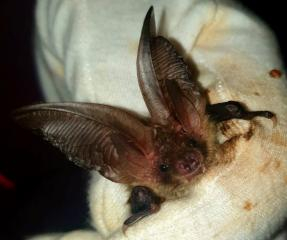
Every year in the UK, as many as 1,800 injured bats are rescued by trained, vaccinated volunteers who then look after them until they are well enough to be released into the wild. I’m proud to be a registered bat carer myself. It’s a great way to educate the public about these largely misunderstood and undervalued animals that are so important to our ecosystem. Last year I rescued nearly 100 bats, and a large percentage of those were pups, between May and July.
Bat carers play a valuable role in maintaining bat populations, which have suffered a huge decline in numbers because of their diminishing habitats. This can be due to tree removal for development purposes and the blockage of underground sites.
Recovering from injuries
Bats become grounded or injured for many reasons. Most commonly, bats are caught by cats. This accounts for 21% of bat fatalities. Others come as pups separated from their mothers. Some are simply exhausted – usually just after hibernation when the weather is temperamental and their food reserves are low. If they are treated correctly, many bats can recover from serious injuries in a matter of weeks. However, in a few cases they have to be cared-for long-term, or put down.
Nursing bats back to health
The type of rehabilitation a bat requires will depend on the species, their age, condition and the types of injuries the bat has. For pups (especially those less than a week old), I give them three-hourly feeds using a dog milk solution with a vitamin D supplement. This gives them the essential nutrients they need to grow, bearing in mind they start flying at just three to four weeks-old!
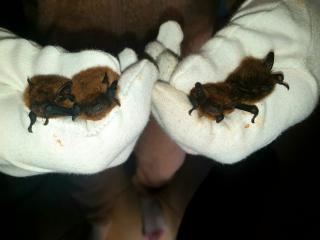 Adult bats, so long as their injuries aren’t too severe, are far less time consuming. I feed them mealworms, and make sure their enclosures are cleaned regularly. I provide them with lots of crevices which mimic those they would utilise in the wild, including folded towels, coconuts, and old oven gloves amongst other things. I have a dedicated room in my house to fly my rescue bats to keep them fit and monitor their progress.
Adult bats, so long as their injuries aren’t too severe, are far less time consuming. I feed them mealworms, and make sure their enclosures are cleaned regularly. I provide them with lots of crevices which mimic those they would utilise in the wild, including folded towels, coconuts, and old oven gloves amongst other things. I have a dedicated room in my house to fly my rescue bats to keep them fit and monitor their progress.
Ready for release
Once I deem the bats to be healthy enough, I take them back to exactly where they were found. Like a person who is familiar with where they live and how they get from place to place, a bat is likely to have spent a considerable amount of time – possibly many years – in a specific area. They will be familiar with certain flight paths and foraging locations. As a result, it is essential to reunite them as closely to their original habitat as possible, to maximise their chances of survival post-release; and if the roost location is known, putting them back in their roost.
___
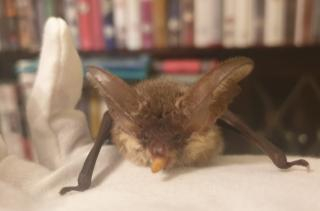 James’s breadth of bat knowledge makes him perfectly suited to his work at CGO Ecology. He undertakes preliminary roost assessments, nocturnal (dusk, dawn, transect) surveys, and mitigation licence applications, among other things. He is Level 2 (CL18) licensed by Natural England. If you’d like to ask James any questions about his role as a registered bat carer and a bat specialist at CGO Ecology, please email . For more information on being a bat carer, visit the Bat Conservation Trust website.
James’s breadth of bat knowledge makes him perfectly suited to his work at CGO Ecology. He undertakes preliminary roost assessments, nocturnal (dusk, dawn, transect) surveys, and mitigation licence applications, among other things. He is Level 2 (CL18) licensed by Natural England. If you’d like to ask James any questions about his role as a registered bat carer and a bat specialist at CGO Ecology, please email . For more information on being a bat carer, visit the Bat Conservation Trust website.
We are still working during the Covid-19 pandemic, where possible to do so safely, subject to UK Government, CIEEM, IUCN and BCT guidelines.
Article written by James Mansfield, and edited by Rebecca Perl.
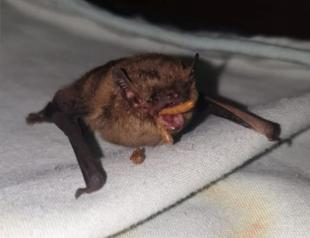
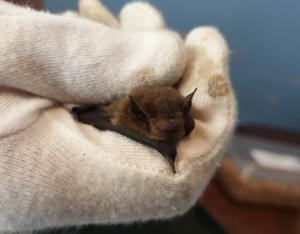
Photo 1: Brown long-eared bat found injured in a warehouse.
Photo 2: Three common pipistrelles and a whiskered bat (on the right) in care.
Photo 3: Grey long-eared bat enjoying a mealworm in James' care.
Photo 4: Recently-rescued common pipistrelle, found grounded under a bush. Seen here enjoying a mealworm in care.
Photo 5: Common pipistrelle found in an office.

